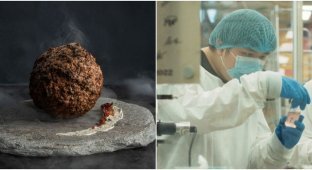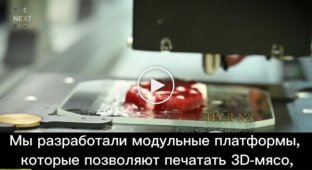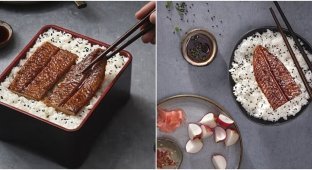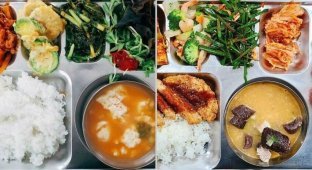Clever Koreans took muscle and fat stem cells from cows and transplanted them into rice grains (imagine, it was possible!). As a result, they came up with a completely new product, a kind of hybrid of beef and rice, with a high protein content, which could well be an excellent replacement for expensive and perishable products. 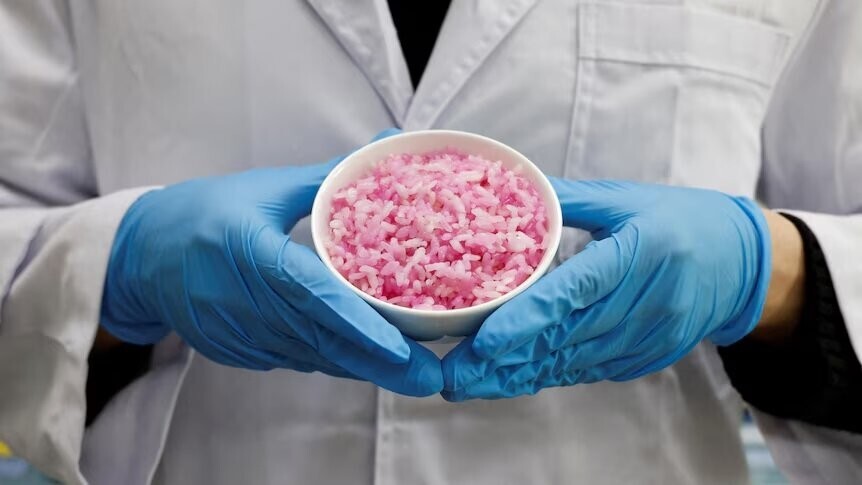
You've probably heard that some time ago British scientists mastered the skill of growing meat from pig cells in a bioreactor? 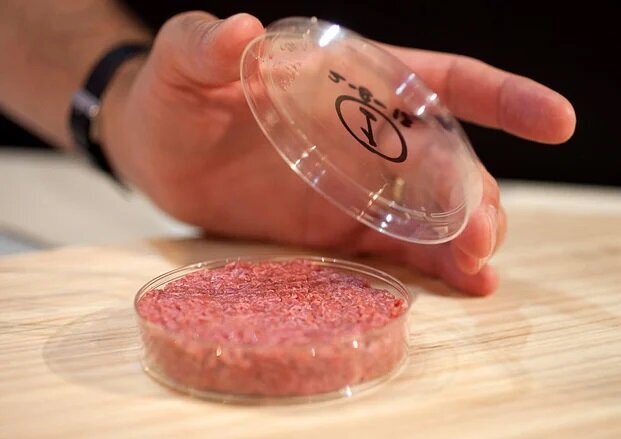
Meat grown in a laboratory
So, the Koreans acted on a similar principle, except for the factor that in their case the meat literally grows inside the pores of the rice grains. 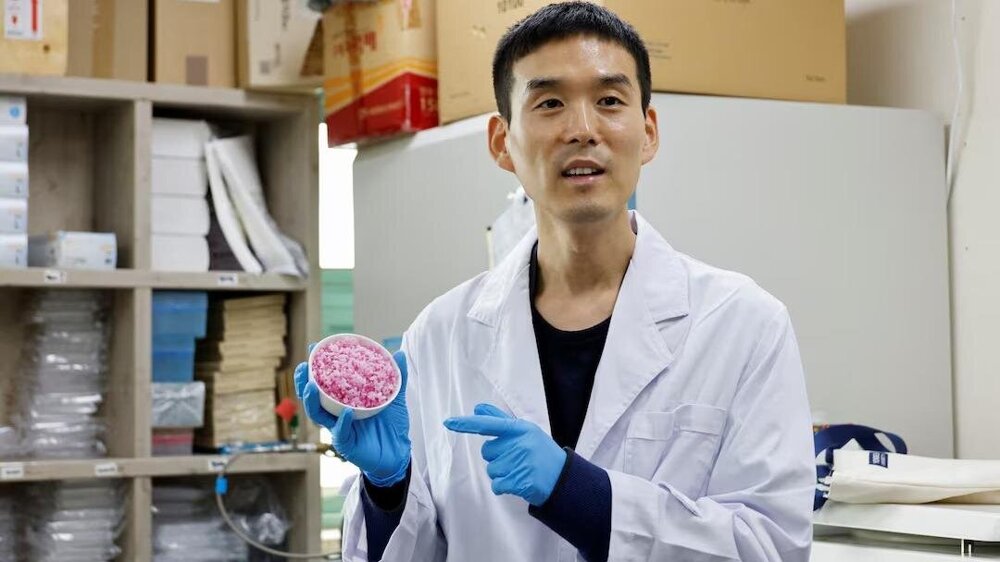
Thanks to its strong structure, rice was able to become a kind of protective shell for animal cells, and certain molecules in its composition contributed to their growth. 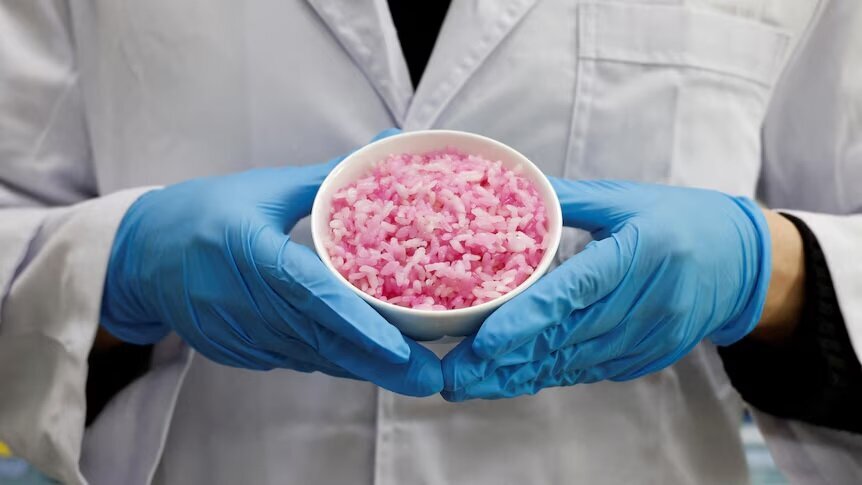
How does all this happen? The rice grains are first coated with fish gelatin, which is a kind of glue to better hold the cells in place. The cow's muscle and fat stem cells are then seeded, after which the rice is left for 9-11 days for further cultivation (cell growth). 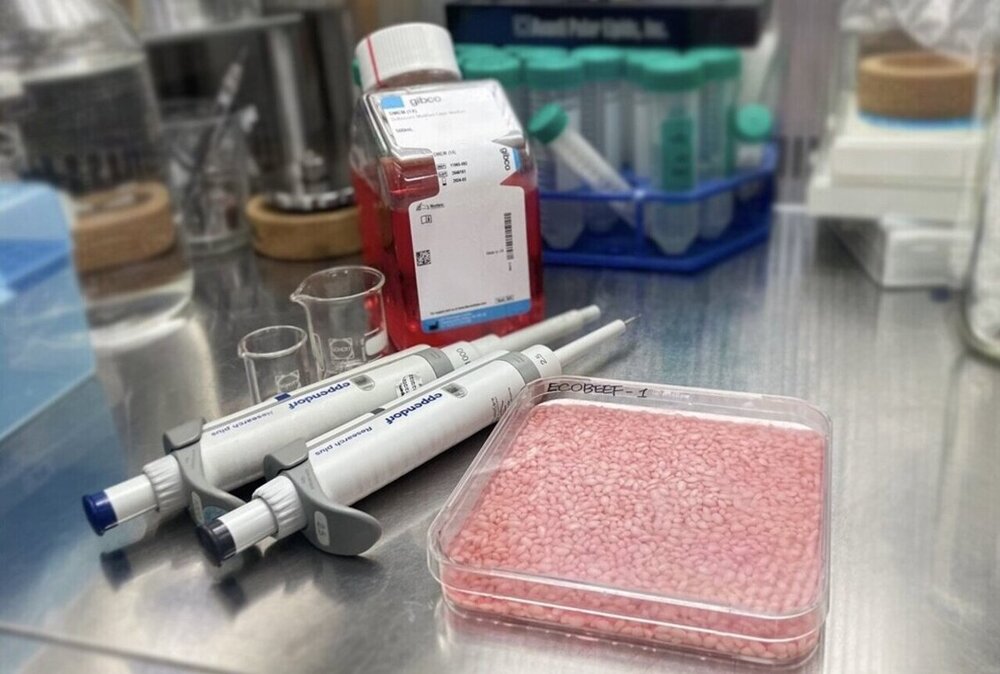
Making "Meat Rice"
After a given period of time, scientists receive a very peculiar and surprisingly unappetizing “pink rice”, which, in fact, is absolutely safe to eat! 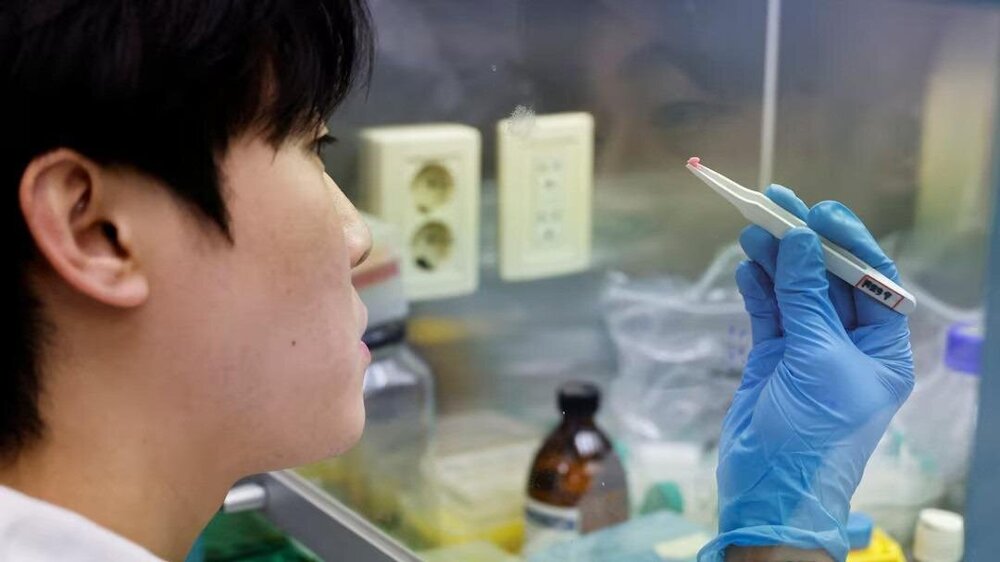
Moreover, after steaming the “meat rice,” South Korean scientists found that the finished product had significantly higher protein content than regular rice. In addition, “meat rice” had a denser and stickier texture, and dishes made from it had a bright aroma inherent in beef or roasted almonds. 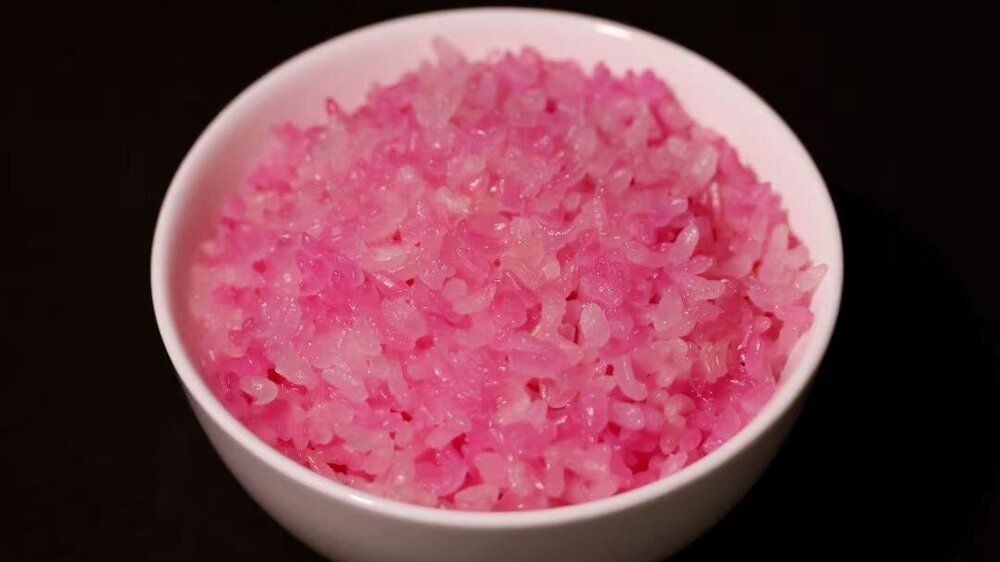
Scientists at Yense University are confident that, despite its not very attractive appearance, their product has a number of advantages. 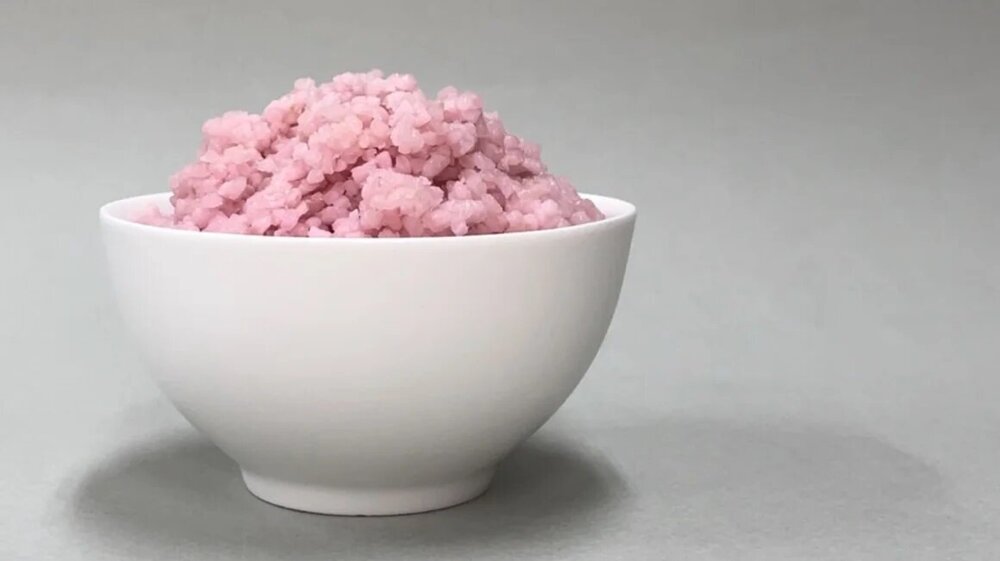
For example, the production of “pink rice” does not require the killing of animals, so animal rights activists will be able to breathe out for a while; Pink rice has a much lower environmental impact than real meat (it should emit less than 6.27 kg of carbon dioxide per 100 grams of protein, compared to 49.89 kg per 100 grams of protein for natural beef). 
And, of course, “pink rice” is significantly cheaper: it will cost ordinary citizens approximately $2.23 per kilogram (natural beef - $14.88 per kilogram). 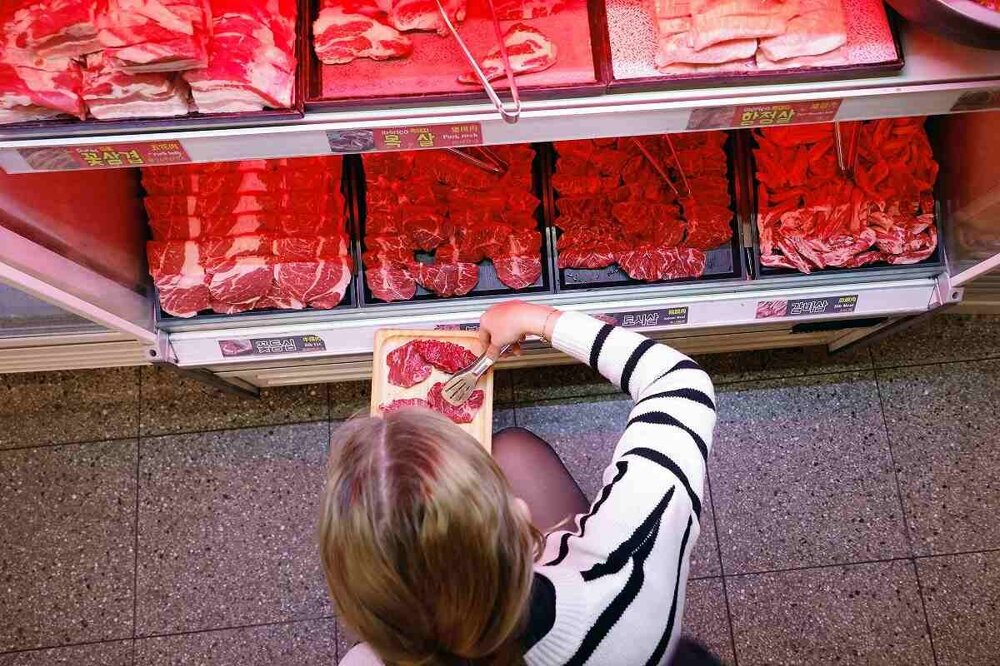
South Korean scientists are confident that due to its high nutritional value, safety, ease of production and low cost, “pink rice” will definitely find its consumer. 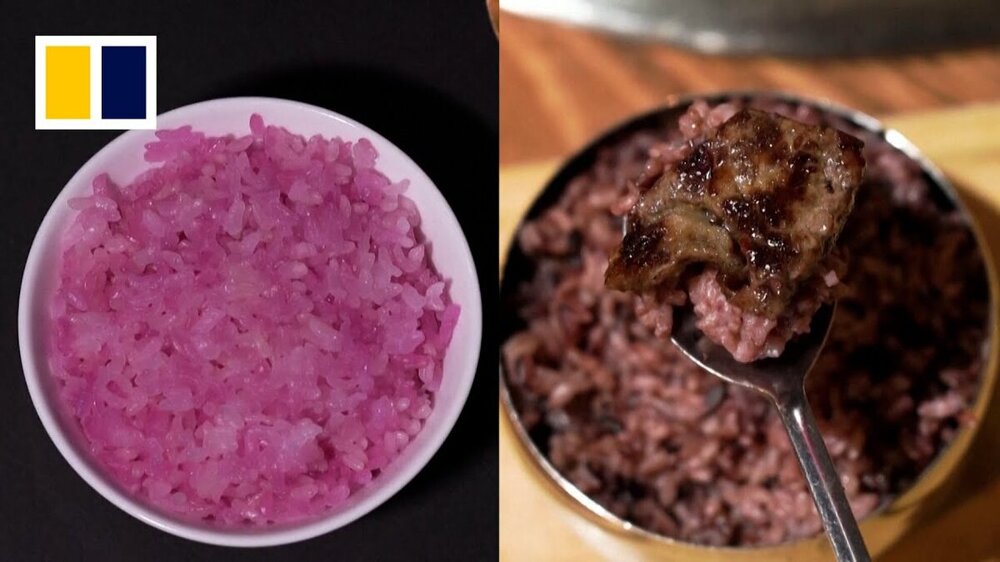
They plan to further improve their development, increase its nutritional properties (and maybe it will even come to appearance) and improve the conditions in the rice itself to allow beef cells to develop better and more actively. 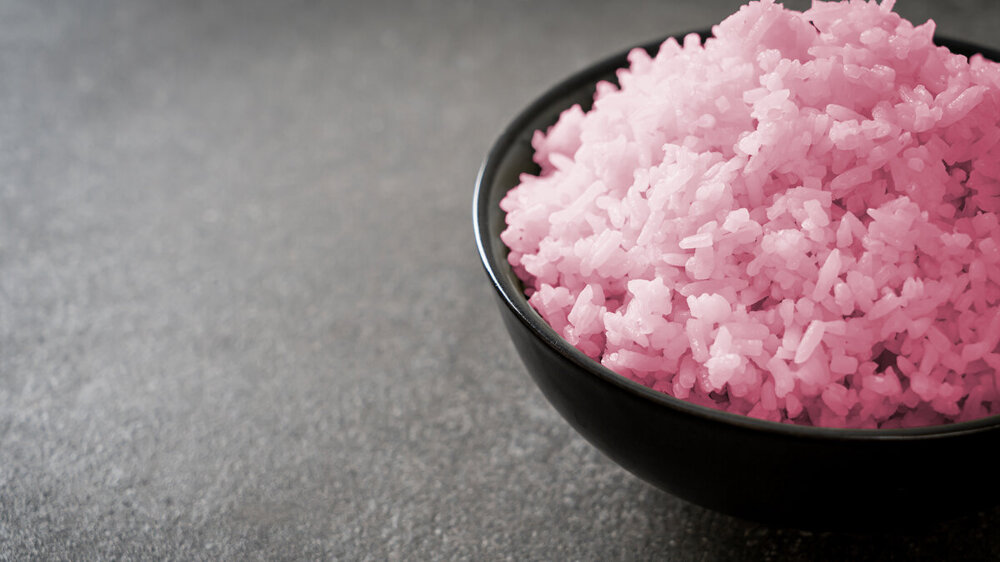
Scientists also believe that in the future, “pink rice” may well become a cheap, environmentally friendly and healthy food, which will be the optimal solution for starving countries, as well as a nutrition option for astronauts. 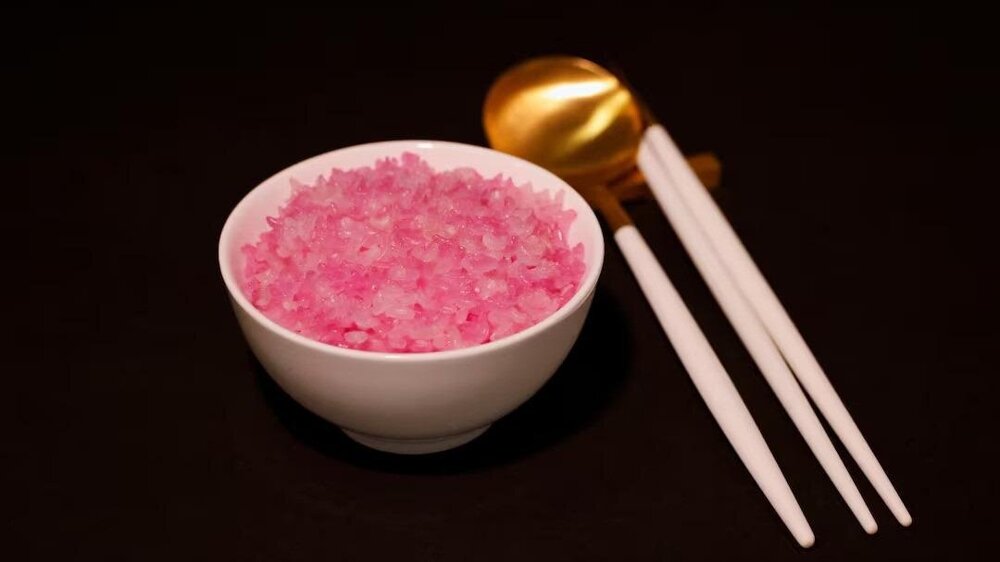
Add your comment
You might be interested in:












